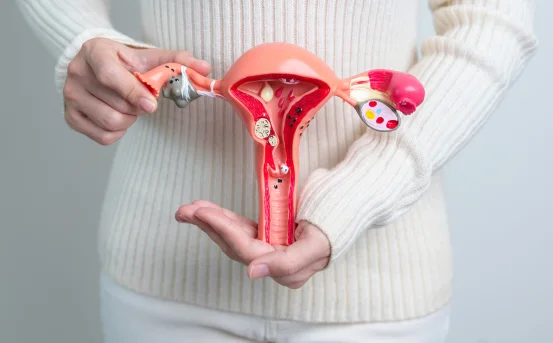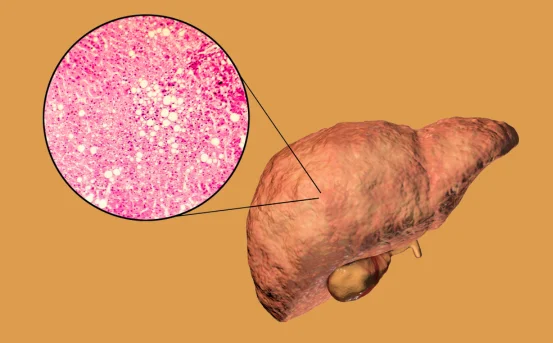Bronchoplasty surgery, commonly called an airway repair surgery is surgical procedure that aims to preserve the lung’s function while treating airway problems. It involves surgery to repair or reconstruct or resection of the bronchus, one of the most important airways in the lung. Understanding of types of bronchoplasty surgery
Traditionally, lung diseases such as bronchial tumors and an entropion (narrowing of airways) will need an operation known as lobectomy (removal of a lung’s lobe). Bronchoplasty, however, offers an alternative to lung sparing in that it targets only the diseased portion of the bronchus remaining normal lung tissues.
This method significantly decreases post-operative complications and enhances lung function over time which makes it an important option for modern thoracic surgery.
Why is Bronchoplasty Performed?
Bronchoplasty can be indicated for a variety of airway and pulmonary conditions which include:
-
Malignant or benign cancers of the bronchial duct
-
Bronchial stenosis caused by trauma, infection or previous surgery
-
Airway obstruction due to foreign body or scarring
-
Anomalies of the airway that are congenital
The purpose of a bronchoplasty procedure is to eliminate the blocked or damaged part of the bronchus while reconnecting the healthy airway to avoid complete ou / partial lung elimination.
Different Types of Bronchoplasty Surgery
Bronchoplasty is classified according to the location and extent of the reconstruction. Here are the major kinds of bronchoplasty typically performed:
Sleeve Bronchoplasty
Sleeve bronchioplasty is by far the most popular type of bronchoplasty. In this method, an bronchus section with obstruction or a tumor is removed. The two ends that remain are connected (anastomosed).
When can it be used?
-
Central bronchial tumors
-
Bronchial carcinoma that does not invade lung parenchyma
-
Reconstructing after a segmental lung resection
Benefits:
-
Lung-preserving
-
Do not avoid pneumonectomy (removal of the entire lung)
-
Improves pulmonary function post-surgery
Carinal Bronchoplasty
Carinal bronchoplasty involves reconstruction of the carina, the region where the trachea divides into two main bronchi.
When does it get used?
-
Lesions or tumors that occur at the junction between the tracheobronchial tubes
-
Main bronchus left or right tumors that extend into the carina
Complexity of surgery:
It is an highly technical operation that requires precision manipulation and careful repair of airways in order to ensure adequate airflow and avoid complications.
Bronchial Sleeve Resection and Lobectomy
At times, lobectomy (removal of one of the lung’s lobes) is combined with the resection of the sleeve. The surgeon will remove the affected lobe, together with a portion of the bronchus. The surgeon connects the lung to the airway.
Common scenarios:
-
If tumors are found to are found in both lobes and the bronchial structures that are adjacent
-
Situations in which a complete bronchoplasty sleeve is not possible without an lobectomy
Advantages:
-
Maintains healthy lung tissue in the lobes that are not affected.
-
The procedure is suitable for central tumors that are located in the the lower and upper lobes.
Tracheobronchoplasty
Tracheobronchoplasty is often used to treat tracheobronchomalacia — a condition where the walls of the airway collapse due to weakness.
Surgical technique:
-
It involves strengthening the posterior wall of the trachea and the main bronchi by using sutures or a mesh
-
Improves airflow and airway rigidity.
Ideal for:
-
Patients suffering from severe airway collapse
-
Patients who do not respond to conservative treatments like CPAP or the use of stenting
Robotic and Minimally Invasive Bronchoplasty
Modern advances in thoracic surgery has enabled less invasive and robotically assisted bronchoplasty procedures. These procedures make use of smaller incisions as well as advanced visualization tools to carry out delicate airway reconstructions, requiring less trauma.
Benefits:
-
Reduction in hospitalization
-
A lesser amount of post-operative pain
-
Rapider recovery
-
Lower Complication Rate
Techniques include:
-
Video-Assisted Thoracoscopic Surgery (VATS)
-
Robotic-Assisted Thoracic Surgery (RATS)
Bronchoplasty Surgery Procedure: What to Expect
A Bronchoplasty process is carried out with general anesthesia. The most important steps include:
-
Access to the airway via thoracotomy or less open ports
-
The diagnosis of the bronchial segment that is diseased.
-
A precise resection of the airway that is involved
-
The reconstruction or the anastomosis of healthy airways is finished
-
Checking airway health (via an bronchoscopy or other inflation tests)
The complexity of the procedure will determine the duration of surgery can range between 2 and 6 hours, depending on the complexity. Post-operative monitoring can include bronchoscopy chest Xrays, and pulmonary function tests.
Recovery and Post-Operative Care
Patients who undergo bronchoplasty usually stay within the hospital 5 to 10 days. The process of recovery can include:
-
Pain management
-
Chest therapy
-
Exercises for breathing
-
Regular follow-ups to bronchoscopy
The full recovery can take up to 4-8 weeks The majority of patients returning to their daily activities within two months.
Risks and Complications
As with any major surgery bronchoplasty is not without risk:
-
Airway leakage occurs at the site of anastomosis
-
Infection or pneumonia
-
Post-operative bleeding
-
Bronchial Stenosis Recurrence
-
The need for reoperations or stenting
However, the risk are much lower when compared to pneumonectomy or complete lung removal, particularly in centers that have been operating for a long time.
Advantages of Bronchoplasty Surgery
-
Lung-Sparing: Preserves maximum lung function
-
The safety of oncology: Useful for certain types of cancer
-
Low Mortality Rate Comparing to the full lung surgery
-
Higher Quality of Living: especially for patients who are active, younger
Conclusion
Bronchoplasty surgery offers an innovative, organ-sparing solution for patients with bronchial tumors, airway stenosis, or tracheobronchomalacia. With the advancement of minimally invasive techniques and surgical precision this procedure is rapidly becoming the norm for airway reconstructions that are complex.
If you or a loved ones is diagnosed with a medical condition that requires bronchoplasty, speak with an experienced certified board Thoracic surgeon to find out if bronchoplasty is an alternative. A customized surgical strategy can aid in ensuring the best result, with a preserved lung function and a better long-term quality of life.























